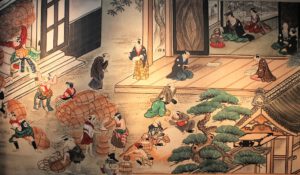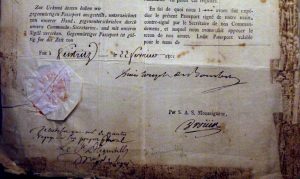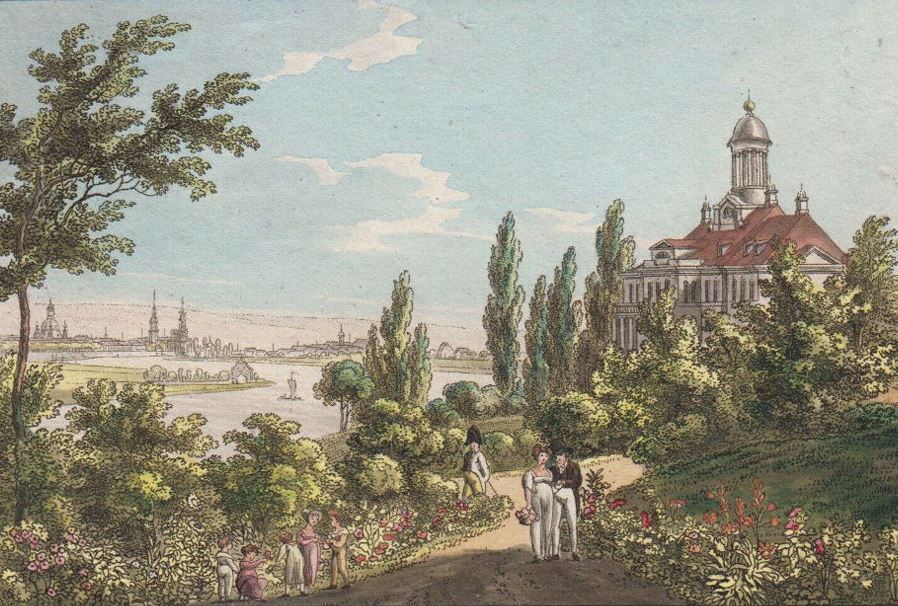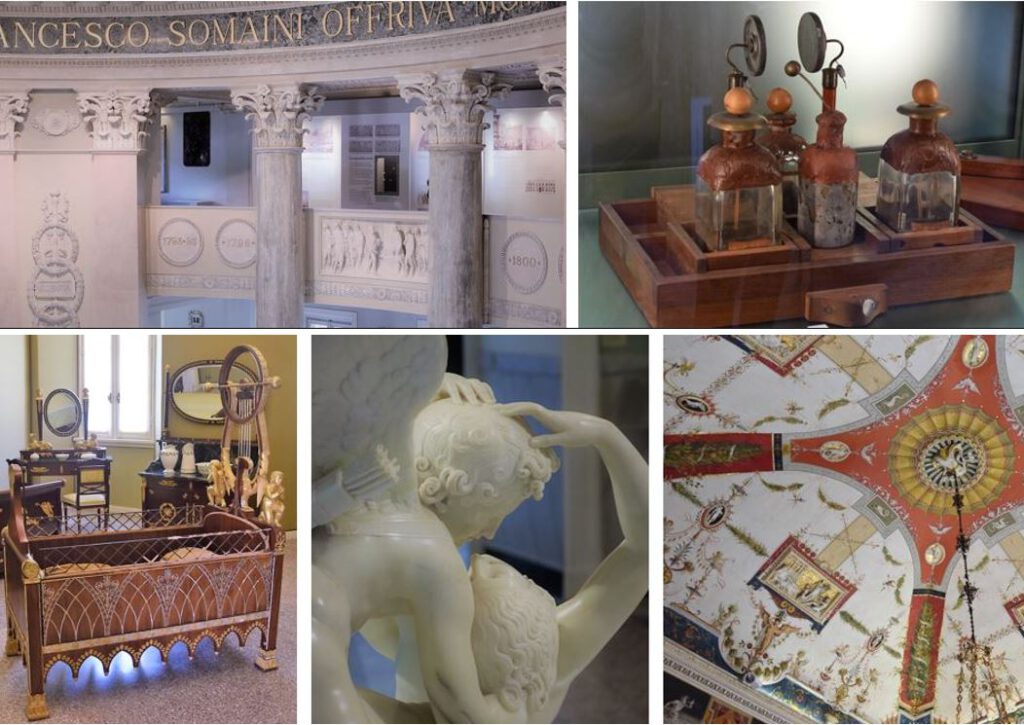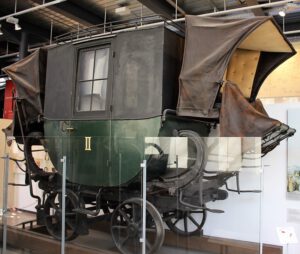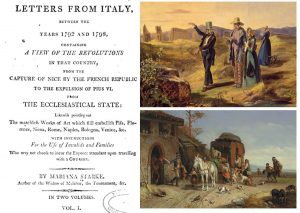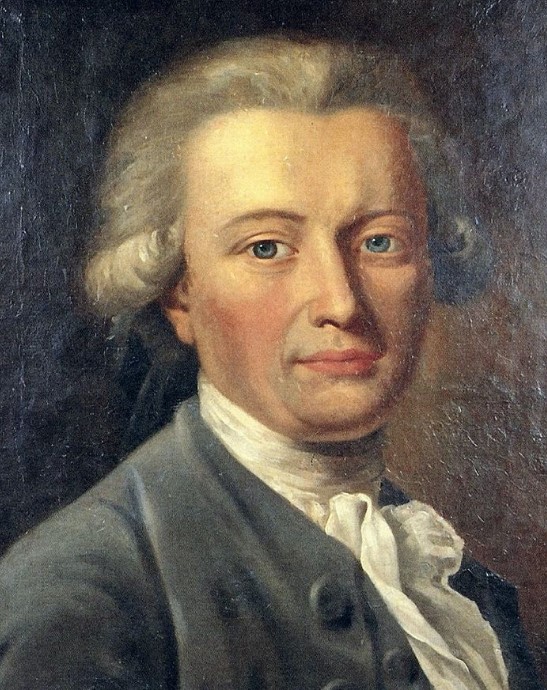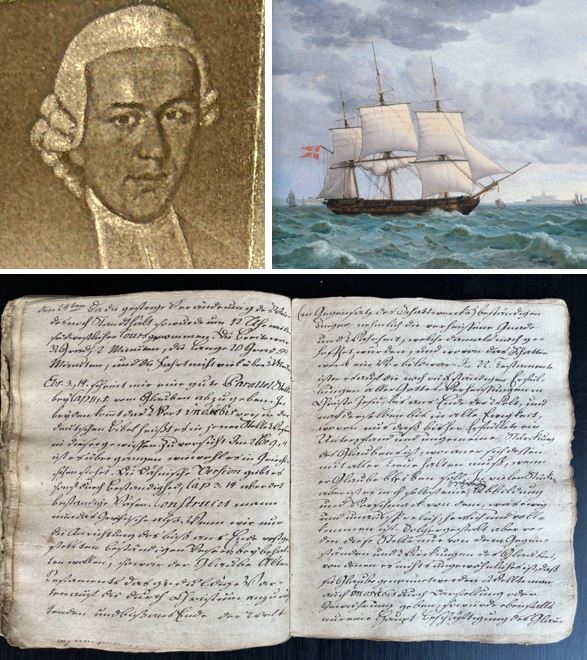
Are you a historian, author, or student interested in an 18th-century project? The transcript of a diary chronicling a sea voyage from Copenhagen to Tranquebar (Tharangambadi) in 1777 might be just the project for you. The trancsript is written in German, and available for free. For more information, application and further procedure, please read on.
Continue reading
